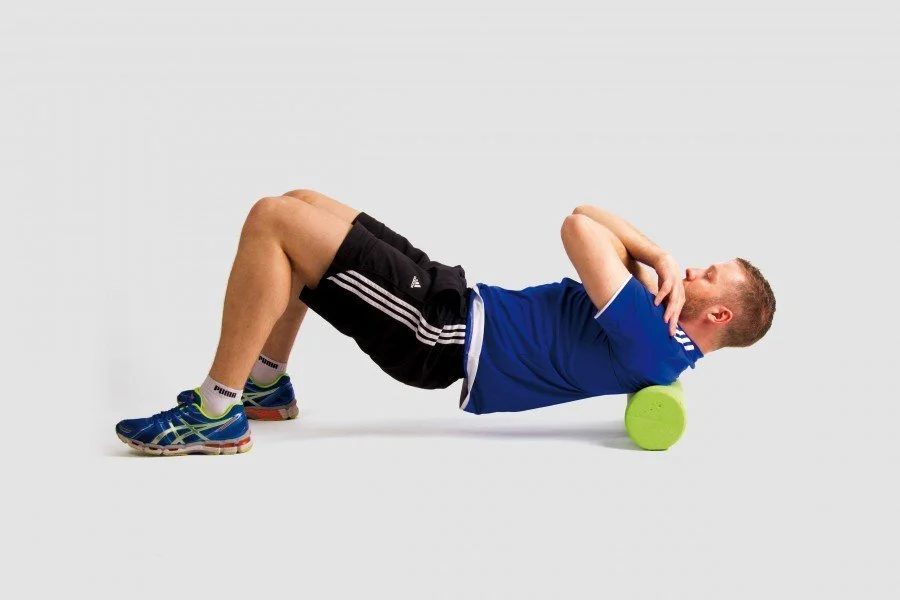Just roll with it
How Does Foam Rolling Work?
Foam rolling is a type of self-myofascial release (SMR), which is self-massage of the fibrous connective tissue (fascia) underneath the skin that encloses the muscles.
As you roll parts of your body across a foam roller, the pressure of your weight stretches and massages your muscles, breaking up and knots, tension, or tightness.
The best body parts to use a foam roller on are:
Calves
Hamstrings
IT band- the large muscle on the side of your hip that runs all the way down to your knee.
Quads
Glutes
Inner thighs
Mid to upper back
Lats
Adding into your daily Routine:
Add foam rolling to your warm-up to help improve range of motion and reduce muscle tension. Add it to your cool-down sessions to aid in your recovery and avoid soreness. Foam rolling should be done daily just like stretching should be, for about 10-20 minutes a session. The key is to go slow and steady, taking long breaths as you roll to help increase blood flow and oxygen to your muscles, which then sends a message to your muscles to relax. Apply as much pressure with your body weight as feels comfortable, working around areas of pain or tension.
Benefits of Foam Rolling:
Helps speed up recovery after a workout, relieving tight or sore muscles because of increased blood flow and oxygen, which helps in the body’s natural healing process
Helps lower inflammation
Reduces delayed-onset muscle soreness (DOMS)
Increases your pressure pain tolerance
Helps prevent injuries because your muscles are loosened up (tight muscles are more prone to injuries
Breaks up scar tissue – targeted pressure releases trigger points
Helps increase your flexibility because knots that restrict motion are being broken up
Corrects muscle differences – foam rolling lengthens the muscles which helps avoid muscle restrictions during exercise
Helps you & your muscle relax and manage stress by stimulating sensory receptors which have been linked to reduced levels of stress hormones like cortisol, as well as relaxation of the nervous system
Helps reduce fatigue
Helps manage fibromyalgia symptoms
Hurts so Good:
Foam rolling can feel uncomfortable, but should “hurt so good”, not bad. If you have a particularly sensitive area of pain or tension, roll a few inches around it first. Or apply a gentler pressure over pain points. You don’t want to make things worse by hitting a nerve or damaging the tissue. A bit of discomfort is to be expected when rolling over tense muscles, but don’t spend too much time on the knots, and make sure to stop if you experience severe pain.
You should avoid rolling over your lower back and smaller joints like the elbows, knees and ankles. If you have a serious injury like a break or muscle tear, or a chronic condition like diabetes, check with your doctor or physiotherapist before foam rolling.

